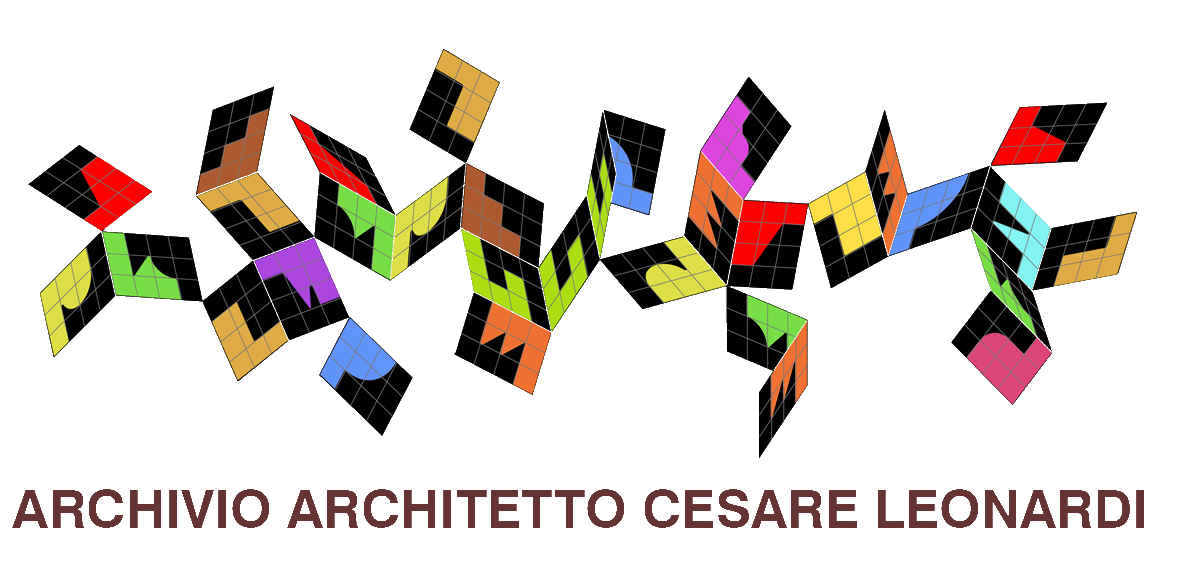Sculpture/Painting
Cesare Leonardi, the architect, designer, photographer, painter and sculptor, explores a new way of seeing by investigating the peculiarities of various artistic languages and the use of different tools. First of all, this research is an openended critique that shies away from any sort of conventional reading of reality. Deconstruction is the foundation of a planning methodology that Leonardi applies to the spatial configuration in sculpture of the culture of materials, and to prove this point it is sufficient to think of Filo e ferro (1960), where the found element, soaring through the void, is rooted to a wooden base, which to our gaze looks like a real and material configuration of theoretical space. Sculptures often need a support, even just of a thread, to be suspended in the air in freedom and movement. Leonardi’s aesthetic gesture seems to revolve around the positioning of the found object and the transfiguration of the material, fixed in a constructed space.
To start with, Leonardi destroys the figure/ background dichotomy and the centre/periphery antithesis; he overcomes the tension between movement and stillness, and dissolves the hierarchical connection between form and support. Indeed, before anything else, in the articulation of the elements, he avoids the contrast between a centre of the image and a periphery of sight, between a support subjected to place and an autonomous form in space. The planning of sculptures continues uninterruptedly throughout the entire span of Leonardi’s career, and in fact it is in the very stratification of the fields of application, from architecture to sculpture, from painting to design, that we may best understand the deeper sense of his global approach to planning, the very hallmark of his work. When he plans, designs and produces sculptures, Leonardi proceeds towards a complex, transformative intervention on the surroundings.





